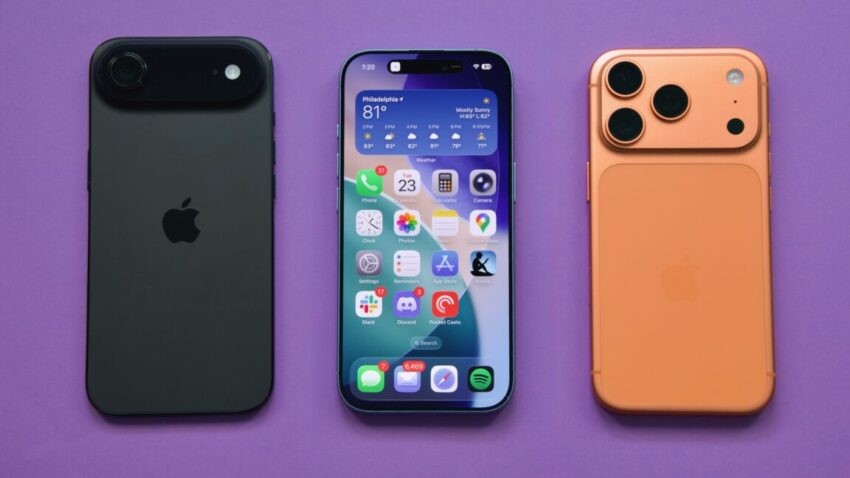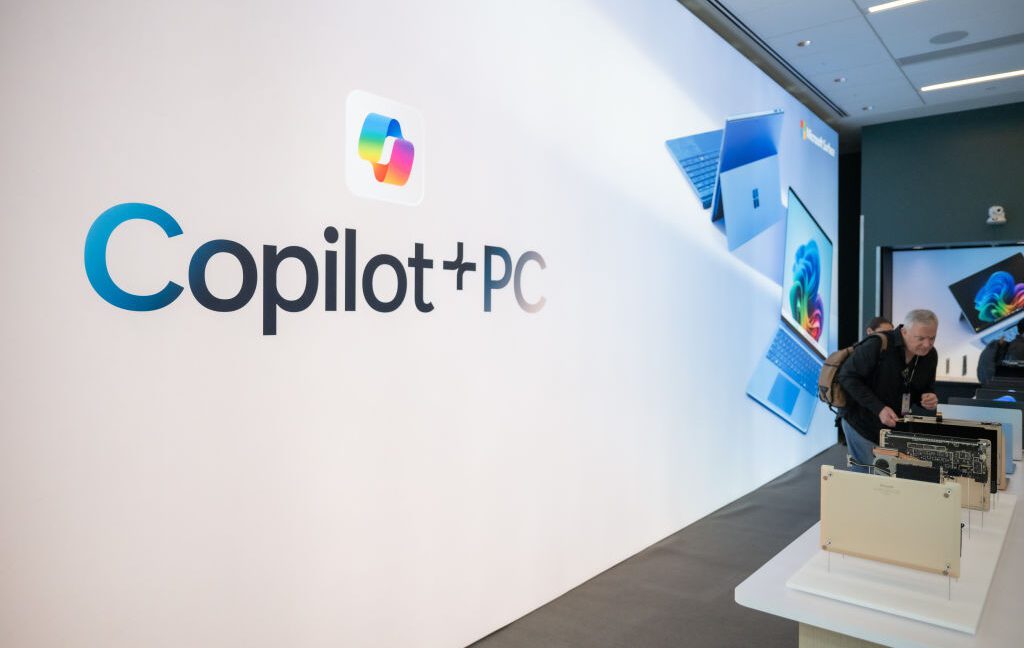
testing shows apple n1 wi-fi chip improves Apple’s introduction of the N1 Wi-Fi chip in its latest iPhone models marks a significant advancement in the company’s approach to wireless technology.
testing shows apple n1 wi-fi chip improves
Introduction of the Apple N1 Chip
This year’s release of the iPhone 17 series brought with it a notable shift in Apple’s hardware strategy: the introduction of the Apple N1 chip, the company’s first in-house solution designed specifically for managing local wireless connections. This development not only signifies a move towards greater integration of Apple’s hardware ecosystem but also reflects the company’s ambition to enhance user experience through improved connectivity.
Features of the N1 Chip
The Apple N1 chip is engineered to support advanced wireless technologies, including Wi-Fi 7, Bluetooth 6, and the Thread protocol for smart home communication. This is a departure from previous models that relied heavily on third-party chips, primarily sourced from Broadcom. By developing its own chip, Apple aims to optimize performance and reliability across its devices.
Key features of the N1 chip include:
- Wi-Fi 7 Support: This latest Wi-Fi standard promises faster speeds, lower latency, and improved performance in congested environments.
- Bluetooth 6: Enhancements in Bluetooth technology facilitate better connectivity with a wider range of devices, including wearables and smart home gadgets.
- Thread Protocol: This low-power wireless protocol is designed for smart home devices, allowing them to communicate more efficiently and reliably.
Performance Analysis by Ookla
To evaluate the performance of the N1 chip, Ookla, the company behind the widely used SpeedTest app, conducted an analysis over a five-week period. This study aimed to compare the performance of the iPhone 17 series against the iPhone 16 and various Android devices equipped with Wi-Fi chips from manufacturers such as Qualcomm and MediaTek.
Download and Upload Speeds
According to Ookla’s findings, while the N1 chip did not claim the top spot in every category, it demonstrated significant improvements over its predecessor. The analysis revealed that the N1 chip “delivered higher download and upload speeds on Wi-Fi compared to the iPhone 16 across every studied percentile and virtually every region.”
The median download speed for the iPhone 17 series reached 329.56 Mbps, a substantial increase from the iPhone 16’s median speed of 236.46 Mbps. Similarly, the upload speed improved from 73.68 Mbps to 103.26 Mbps. These figures indicate a marked enhancement in the overall wireless performance of the iPhone 17 series, which could translate to a more seamless user experience in various applications.
Regional Performance Variations
Interestingly, Ookla’s analysis also highlighted regional variations in performance. The N1 chip’s capabilities were consistent across different geographical areas, suggesting that Apple has optimized the chip for a wide range of environments. Users in urban areas, where Wi-Fi congestion is often a concern, may particularly benefit from the N1’s enhanced performance.
Implications for Users
The introduction of the N1 chip is poised to have several implications for iPhone users. Enhanced connectivity can lead to improved performance in various applications, particularly those reliant on local wireless communication, such as:
- AirPlay: Users can expect smoother streaming of audio and video content to compatible devices.
- AirDrop: File transfers between devices may become faster and more reliable, facilitating easier sharing of photos, documents, and other media.
- Smart Home Integration: With support for the Thread protocol, users can enjoy better connectivity with smart home devices, enhancing the overall smart home experience.
Competitive Landscape
Apple’s move to develop its own Wi-Fi chip also places it in a competitive position within the tech industry. By reducing reliance on third-party suppliers, Apple can exert greater control over its hardware and software integration. This strategy aligns with the company’s broader vision of creating a cohesive ecosystem where devices work seamlessly together.
Moreover, the performance improvements offered by the N1 chip could give Apple an edge over competitors that continue to rely on third-party chips. As consumers increasingly prioritize connectivity and performance, the N1 chip may become a key differentiator for Apple in the crowded smartphone market.
Stakeholder Reactions
The introduction of the N1 chip has elicited a range of reactions from industry stakeholders, including analysts, competitors, and consumers.
Analysts’ Perspectives
Industry analysts have generally welcomed the move, noting that Apple’s investment in in-house chip development could lead to further innovations in the future. The N1 chip is seen as a stepping stone towards more advanced technologies, potentially paving the way for future iterations that could incorporate even more features and enhancements.
Competitors’ Responses
Competitors in the smartphone market are likely to take note of Apple’s advancements. Companies that rely on third-party chips may need to reassess their strategies to maintain competitiveness. The introduction of the N1 chip could prompt other manufacturers to accelerate their own development efforts in wireless technology.
Consumer Feedback
Initial consumer feedback regarding the iPhone 17 series has been largely positive, particularly concerning the improved connectivity features. Users have reported faster download and upload speeds, which enhance their overall experience with applications that rely on wireless communication.
Future Prospects
Looking ahead, the implications of the N1 chip extend beyond the current iPhone lineup. As Apple continues to refine its chip technology, future devices may benefit from even more advanced wireless capabilities. The integration of the N1 chip into other Apple products, such as iPads and Macs, could further enhance the user experience across the entire ecosystem.
Potential for Future Innovations
Apple’s commitment to developing its own chips suggests a future where the company can introduce innovative features that are tightly integrated with its software. This could lead to advancements in areas such as augmented reality, machine learning, and more efficient power management, all of which are critical for enhancing the performance of mobile devices.
Conclusion
The introduction of the Apple N1 Wi-Fi chip represents a significant milestone in Apple’s ongoing evolution of its hardware ecosystem. With improved performance metrics and enhanced connectivity features, the N1 chip is set to redefine user experiences across the iPhone 17 series and beyond. As Apple continues to innovate, the implications of this development will likely resonate throughout the tech industry, influencing competitors and shaping the future of wireless technology.
Source: Original report
Was this helpful?
Last Modified: November 20, 2025 at 2:36 am
1 views















